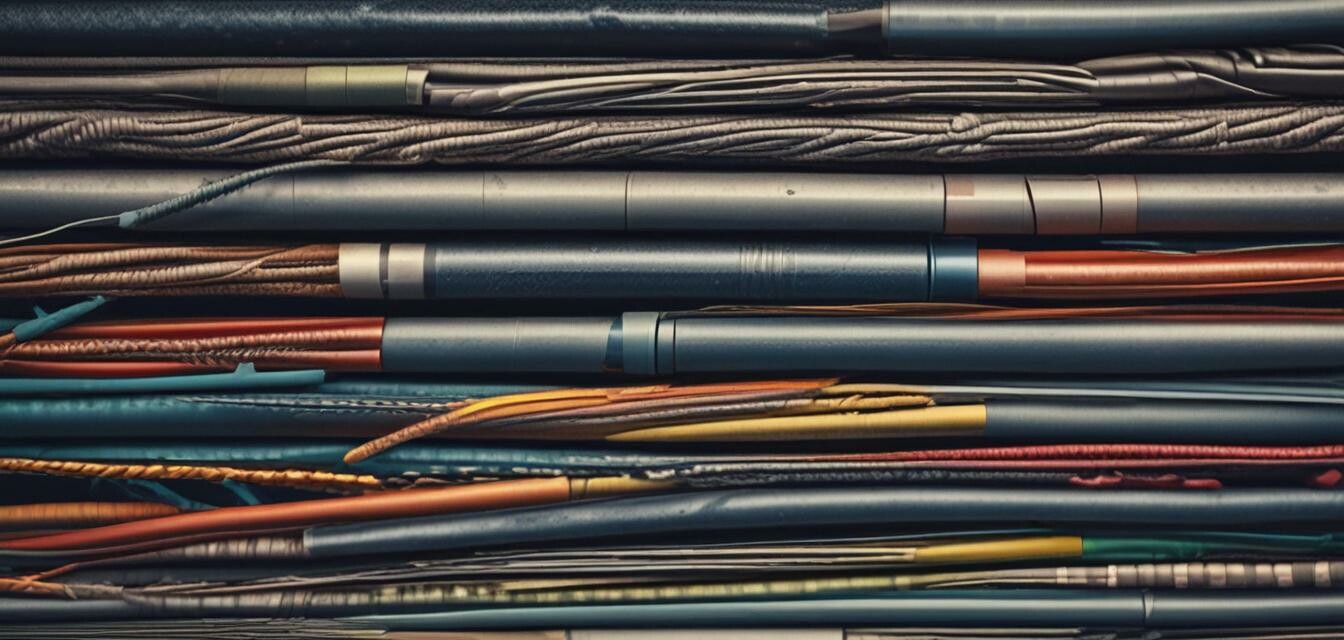
Choosing the Right Cable for Your Electrical Projects
Key Takeaways
- Understanding cable gauge is crucial for electrical safety.
- Insulation materials impact the performance and safety of cables.
- Consider environmental factors when selecting cables for specific projects.
- Use the proper tools for installation to ensure longevity.
Cables are a vital component in electrical systems, whether for residential, commercial, or industrial purposes. Understanding how to choose the right cable is essential to ensure safe and efficient power delivery. In this comprehensive guide, we'll walk you through the critical factors to consider when selecting cables for various electrical projects.
Factors to Consider
-
Cable Gauge
The wire gauge is critical to determine how much current the cable can carry without overheating. Here’s a simple reference:
Gauge Current Capacity (Amps) 14 AWG 15 Amps 12 AWG 20 Amps 10 AWG 30 Amps -
Insulation Material
Different insulation materials affect durability and safety. Common types include:
- PVC (Polyvinyl Chloride)
- Rubber
- XLPE (Cross-Linked Polyethylene)
-
Environmental Considerations
If cables will be exposed to harsh conditions, consider cables rated for UV resistance, moisture, or extreme temperatures.
Types of Cable
Below are some common types of cables you might encounter:
| Type | Description | Use Cases |
|---|---|---|
| THHN | Thin, lightweight wire with heat-resistant and moisture-resistant insulation. | Indoor wiring and conduit installations. |
| Romex | Non-metallic sheathed cable, ideal for home wiring. | Residential applications. |
| Coaxial | Cable with a central conductor and insulating layer, commonly used for TV signals. | Television installations. |
Installation Tips
Beginner's Section: Installation Tips
- Always turn off power before working on electrical projects.
- Use the right tools for stripping and cutting cables.
- Label your cables during installation to avoid confusion later.
- Ensure good soldering or crimping practices to prevent loose connections.
Featured Products
Here are two recommended products related to cable management that can enhance your project:
Knipex 90 20 185 SB Hose And Tube Cutter
Designed for cutting thin-walled plastic pipes and flexible hoses with precision and ease, this cutter features tough fiberglass reinforced plastic handles.
Learn MoreSourcing Map Spiral Cable Wrap
This spiral cable wrap is perfect for organizing cables efficiently, providing durability and flexibility for various applications.
Learn MoreConclusion
Selecting the right cables for your electrical projects is crucial for ensuring safety and efficiency. By considering factors like gauge, insulation, environmental conditions, and using quality tools like the

